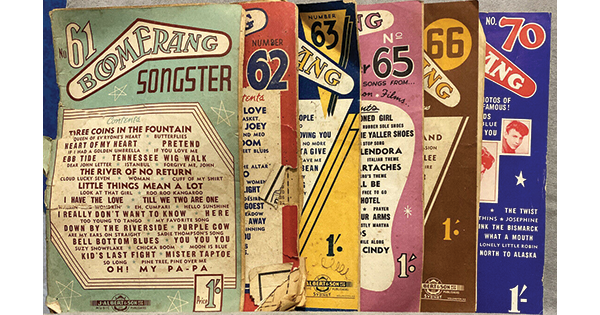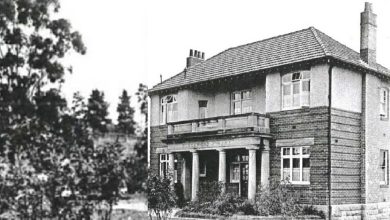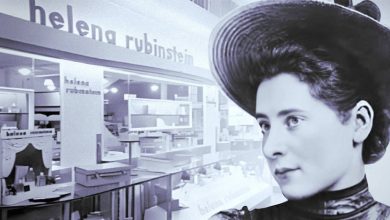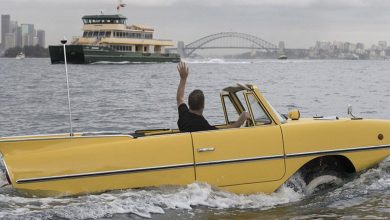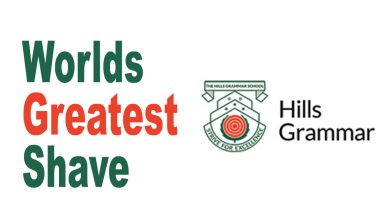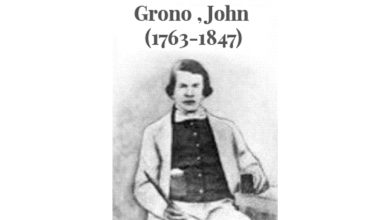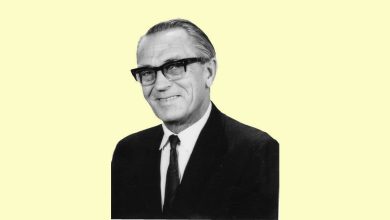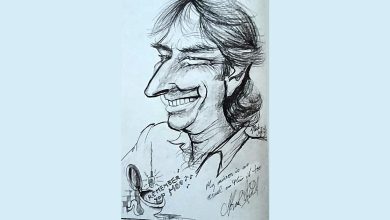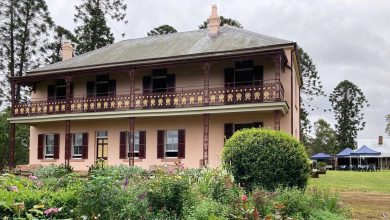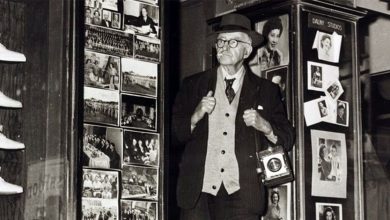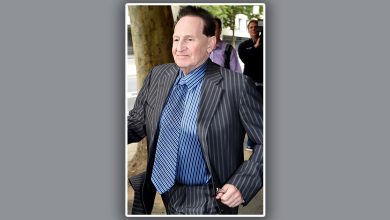By Ivor Jones
THE BOOMERANG is an iconic image of Australia therefore it was the choice of a name that became synonymous with the musical family and business of J A Albert & Son Pty Ltd.
The company started life in 1885 as J Albert Practical Watchmaker (as the sign on the shop in Newtown read) by Swiss- Russian Jeweller and Watchmaker Jacques Albert.
Jacques had befriended a Welsh umbrella maker, William Morris Hughes, onboard the ship that brought them to Australia in December 1884.
William taught Jacques English whilst Jacques taught French to his Welsh friend who went on to become Prime Minister of Australia later.
Jacques was very interested in music and eventually eased himself out of the jewellery and watchmaking business whilst his shop sold more and more musical instruments and Jacques gave lessons on playing the violins, pianos and other instruments.
In time the business moved into the city, first to George Street for a short while, later moving to King St in 1894 where the business was registered as J A Albert & Son with his son, Frank, becoming a partner.
They were to stay and grow in King St acquiring adjoining properties. In 1984 Albert’s city properties were sold and redeveloped to what is now known as Westfield’s Centrepoint adorned by Sydney Tower.
Whilst pianos and violins were the most popular instruments being sought in the late 1800s Frank was a visionary who could see a trend developing amongst the working class towards smaller and more portable instruments such as mouth organs or harmonicas that could be carried in coat or trouser pockets.
Music-halls, where patrons joined in sing-alongs, started to open up around the country.
Frank decided that perhaps that was where the future lay for J A Albert & Son. He imported mouth organs from Germany and branded them “Boomerang”.
The Boomerang Mouth Organ became the most popular of all harmonicas sold in Australia and New Zealand and he also registered similar names for other sizes and styles of mouth organs and had around 40 different models on sale.
He also published small songbooks named “Boomerang Songsters” in the early 1900s which continued to sell up until the 1970s.
The introduction of copyright for musical compositions in the early 1900s resulted in Albert’s seeking deals to produce sheet music for the Australian market from Australian and overseas composers and artists which lead to Alberts becoming one of Australia’s leading publishers of sheet music.
Music also leads Alberts to become an early investor into radio and television having, or owning, major interest in radio and television stations around the nation including 2UW and ATN7 in Sydney at times.
The company also became a leading record producer chiefly on the backs of the Harry Vanda and George Young composing and recording team.
In 2016 the company was sold to the multi-national BMG group but all the rights to the Easybeats and AC/DC compositions were retained by the Albert family.
Boomerang

